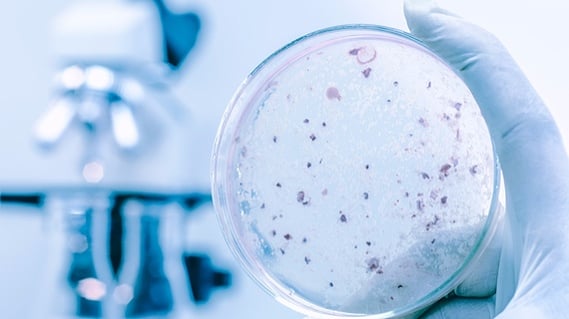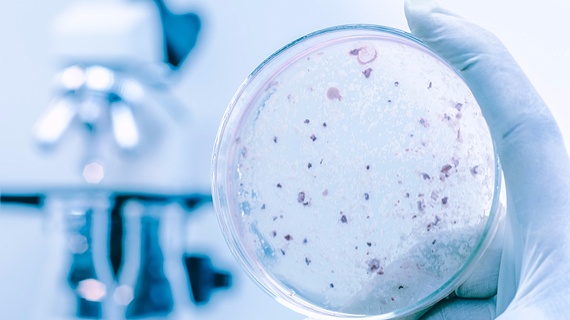
Legionella is a bacteria that can be found in most natural water sources, such as rivers, lakes and reservoirs. However, in man-made water systems, higher than normal temperatures can encourage growth of the bacteria and lead to a potentially fatal form of pneumonia known as Legionnaires’ disease.
Aside from the devastating effect on people’s health and safety, the legal and financial costs associated with an outbreak of this disease on premises can be devastating to a business. So you need to ensure your legionella testing process is rigorous and conducted by someone competent.
Appointing a competent person
The HSE guidelines state that:
“Testing of water may be carried out by a service provider, such as a water treatment company or consultant, or by the operator, provided they are trained to do so and are properly supervised.”
This means that an organisation is allowed to conduct legionella testing internally – much like the legionella risk assessment itself – as well as any follow-up remedial work. All they need to do is appoint an in-house person competent enough to do the job.
However, water management is usually only one of many responsibilities that owners and facilities managers need to worry about, and the type of test required often changes depending on the nature of the water system. So unless an organisation is satisfied they have the specialist knowledge, skills, and resources available, it’s often safer to outsource this work to a skilled water treatment company.
The legionella testing process
Your water treatment partner should be able to offer you testing which is compliant with both British Standards and Guidance, and UK and European legislation (the HSE states that the sampling method when testing for legionella needs to be carried out in accordance with BS7592 and the water samples must be tested by a UKAS-accredited laboratory).
Any skilled company will be able to carry out legionella testing with minimal disruption to your business. It simply involves an engineer coming to collect samples from key points around your site. These samples will then be securely delivered to a UKAS-accredited lab for analysis.
Take our own legionella testing process, for example:
- A sterile water sample bottle is used for collection with care being taken to completely avoid contact with the tap or any other contaminants, and the sample is quickly secured.
- The sample is then labelled and taken to a UKAS-accredited laboratory within 24 hours for analysis. During the 24-hour period, the sample will be kept in a cool box or refrigerator.
- The engineer will complete copies of an engineer worksheet for customer site and Brodex records.
- Sample results become available ten days after testing and certificates issued.
- Should any contaminate be identified during water sample testing, we will liaise with the site contact and advise on what remedial actions are necessary.
How often to test
While regular legionella testing isn’t mandatory for all organisations under UK law, it’s still recommended as part of a routine monitoring and inspection regime – and helps ensure peace of mind that your water supply continues to be clean and safe, as well as adheres to legionella regulations.
How often you should test depends on the water systems you have and the results of the initial test/risk assessment. Some systems, such as cooling towers, require testing every quarter, but others might need more frequent sampling.
Results
The outcome of your test will need to be carefully analysed by your competent person or water treatment company. What the results mean in terms of subsequent action can depend on the context of your water system – and that action (and regime of regular testing) will need to be tailored accordingly.
It should be noted that a positive test for legionella isn’t necessarily a sign of non-compliance with HSE guidelines. By the same token, however, a negative result does not necessarily mean the legionella risk has been controlled to the required standard.
If you want to learn more about your legal responsibilities around legionella control and prevention, simply click the link below and read our free checklist.








